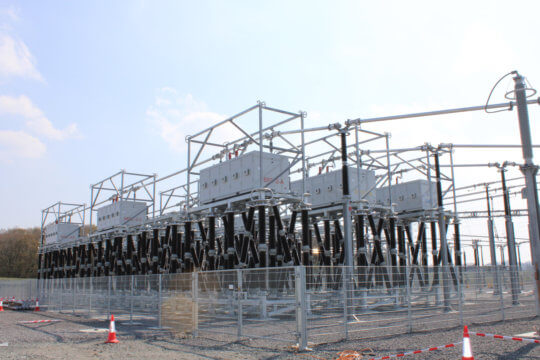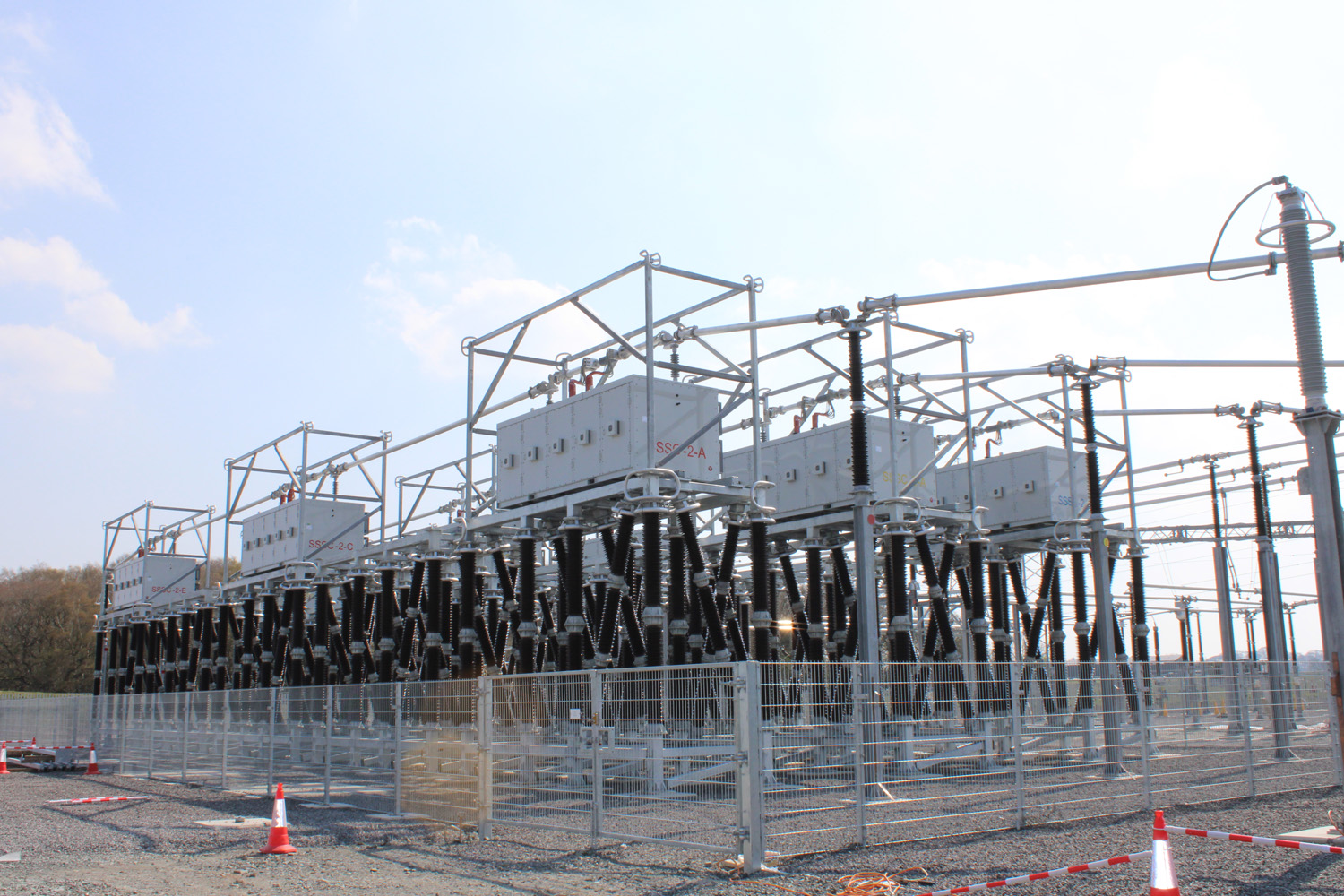Shared Savings GETs Us Closer to a Clean Energy Future
On September 10th the Federal Energy Regulatory Commission (FERC) held a technical conference on new approaches to encourage the deployment of Grid Enhancing Technologies (GETs), specifically debating a shared savings incentive proposal from the WATT Coalition to address incentive misalignment.
Widespread integration of renewable energy is a foundational component of the United States’ ability to address climate change, with promising growth in the renewable industry largely due to declining technology costs and ambitious renewable portfolio standards. However, wind and solar still only account for 10.7% of the country’s generation capacity. The rate at which new renewable generation is brought online will have to increase dramatically to reach net-zero electricity generation by 2050 – a deadline most climate experts agree must be met if we are to avoid the worst impacts of climate change.
The current pace of integration is not due to lack of interest in building projects, but rather that so many of them get stuck near the finish line. As of 2020, there are nearly 277 GWs of solar and 107 GWs of wind trapped in generator interconnection queues throughout the country. So why aren’t more projects getting built if the need and desire are so high? The simple answer for many projects is – transmission constraints.
Recently, developers, utilities and system operators have begun exploring GETs to help address these constraints and reliably deploy more generation over today’s transmission grid. GETs are hardware and software solutions that increase the capacity, efficiency and/or reliability of the existing transmission grid, including Advanced Power Flow Control, Dynamic Line Ratings, and Topology Optimization.
GETs in Action
National Grid, the national transmission owner for the United Kingdom (NGET), was facing an issue that is becoming common among utilities – transmission constraints were preventing renewable energy from reaching millions of customers, even though available capacity existed on adjacent circuits. To address this issue, NGET contracted with Smart Wires, the leading provider of advanced power flow control, to install Smart Wires technology across 5 critical circuits to relieve constraints. The installation was completed in 12 months and unlocked 1.5GWs of additional transmission capacity, which enabled renewable energy to reach an additional 1 million homes within the region.
A growing number of high value GETs installations have led many Utilities and System Operators around the world to begin implementing their own GETs projects to modernize their grids and accelerate renewable energy integration.

SmartValve installation on the U.K. electricity grid to help alleviate constraints and unlock capacity for increased renewable generation.
Catching Up with Shared Savings
Sadly, the United States is currently lagging in deployment of GETs. The shared savings incentive model proposed by WATT would help to align incentives and quickly deploy GETs to maximize the use of the existing grid. The proposal enables a stakeholder that proposes a GETs project to receive a portion of the system-wide cost savings generated by their proposed project. This structure encourages creative, efficient solutions that increase system deliverability and integrate additional clean energy projects on an accelerated timeline with minimal permitting requirements and low costs.
The FERC workshop explored intricacies of the proposal, discussed steps necessary for successful implementation, and provided insight into the many benefits a shared savings incentive for GETs could yield for consumers, developers, and transmission owners. While some questions were raised about utility and system operator readiness to model and operate GETs, the Smart Wires experience to date has been that power flow control deployments show overwhelming consumer benefit under a wide variety of operating conditions. One stark reality is that some of the modeling tools that grid operators use are outdated, and updated tools would make it much easier to quantify the full value of GETs – and both their projected and real-world savings to customers.
A comprehensive shared savings proposal implemented by FERC would incentivize development of more sophisticated GETs evaluation packages to support developers and utilities alike. Overall, stakeholders left the event optimistic about incentive implementation with no alternative proposals on the table. With no time to waste to reach net zero emissions, advancing the WATT proposal will yield a faster, more cost-effective clean energy transition. We look forward to continue collaborating with ACP and other partner organizations to keep up the pressure to GET us to a Clean Energy Future.
This is a guest blog post from ACP Member Smart Wires. To learn more information on how to become an ACP member, please visit our membership page.

